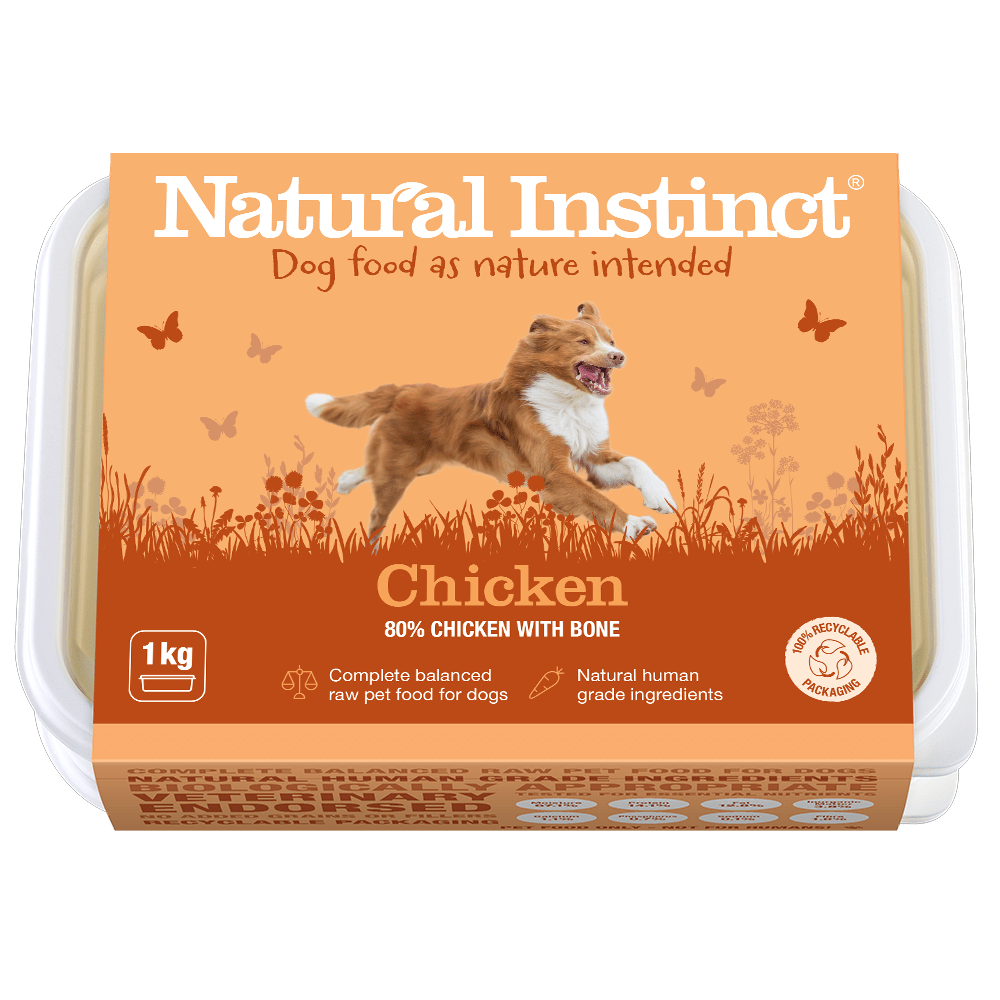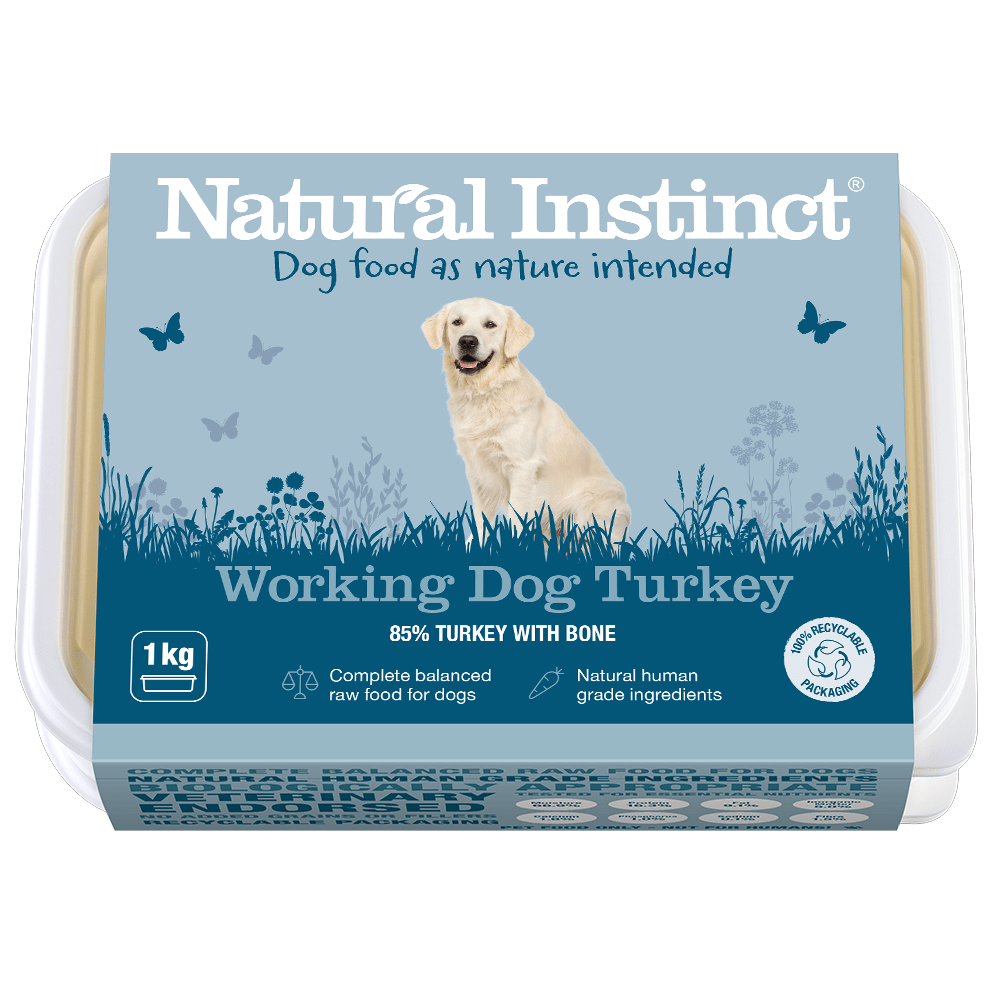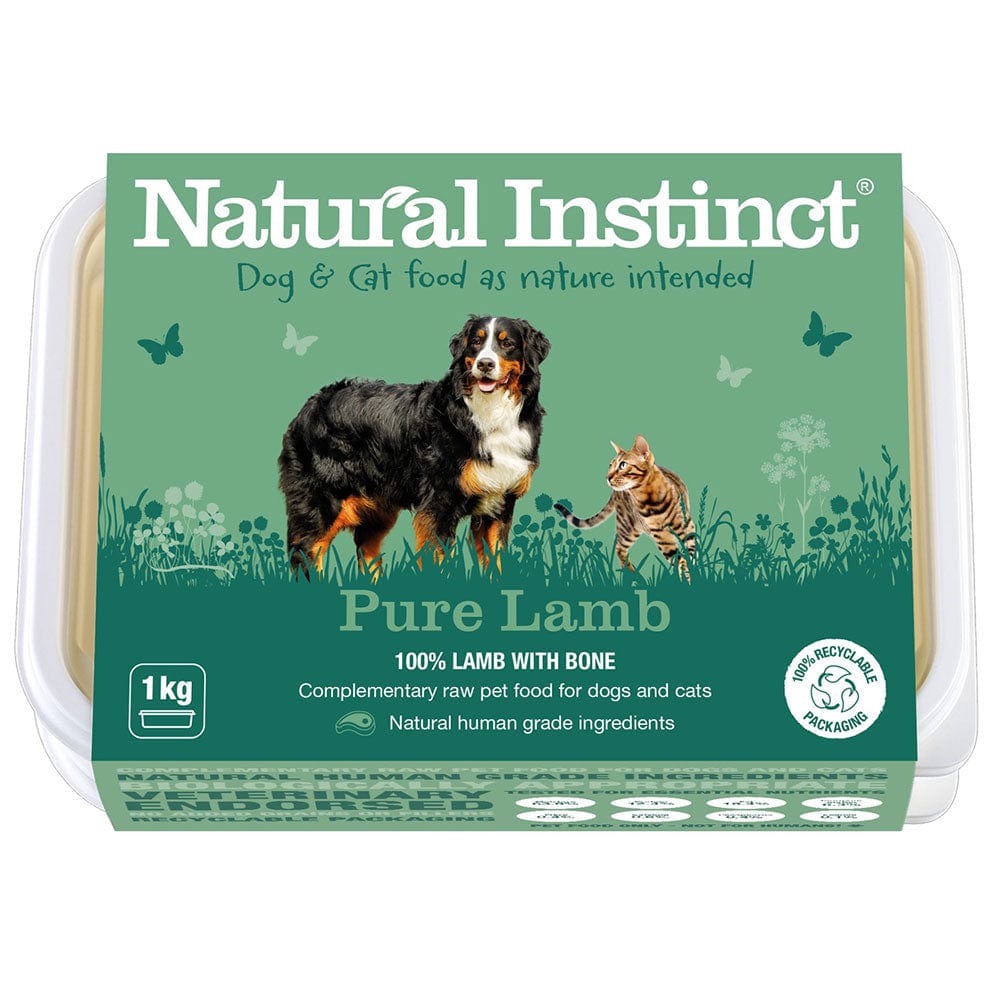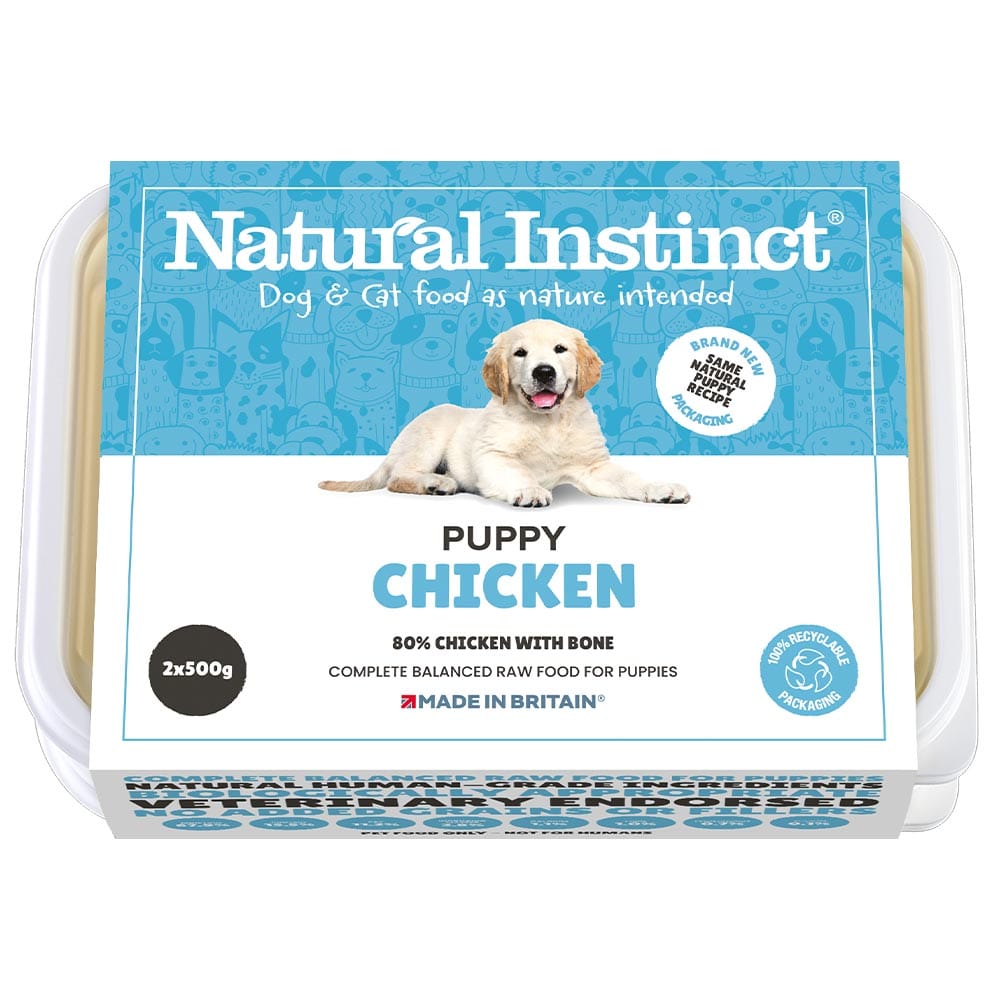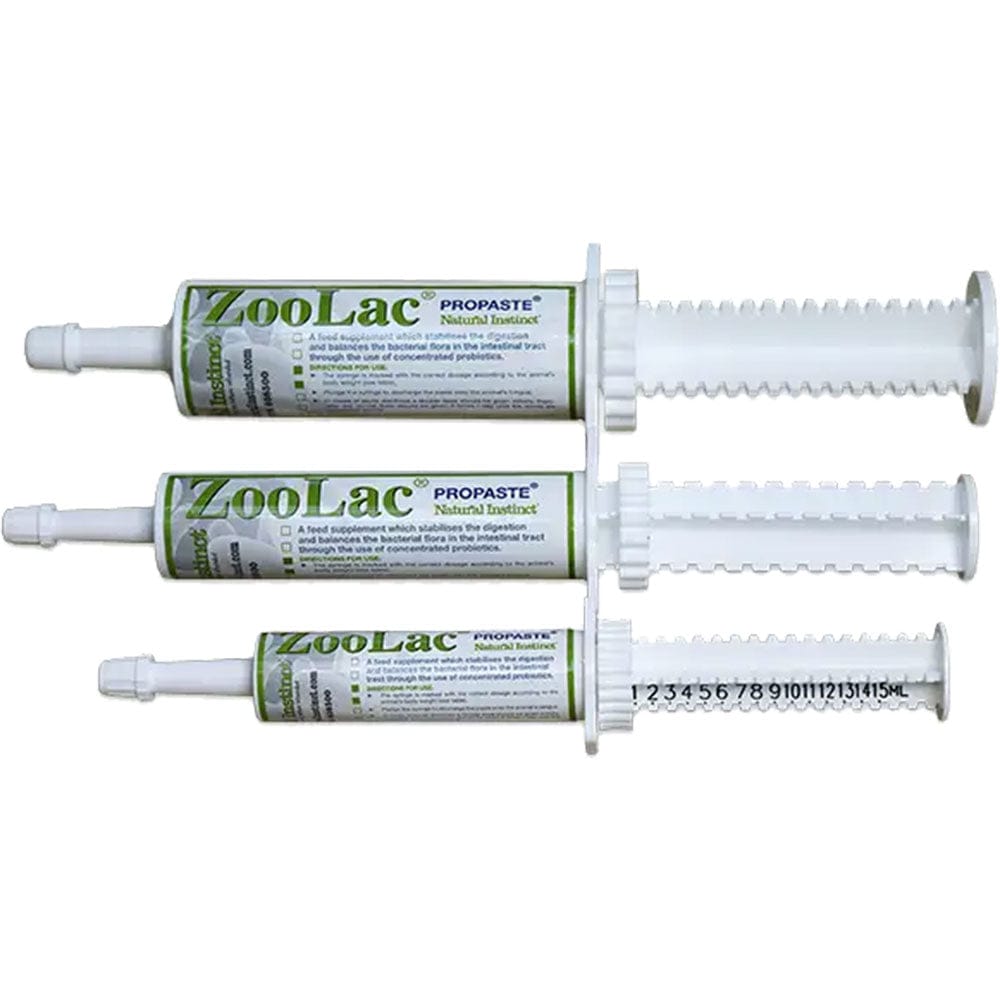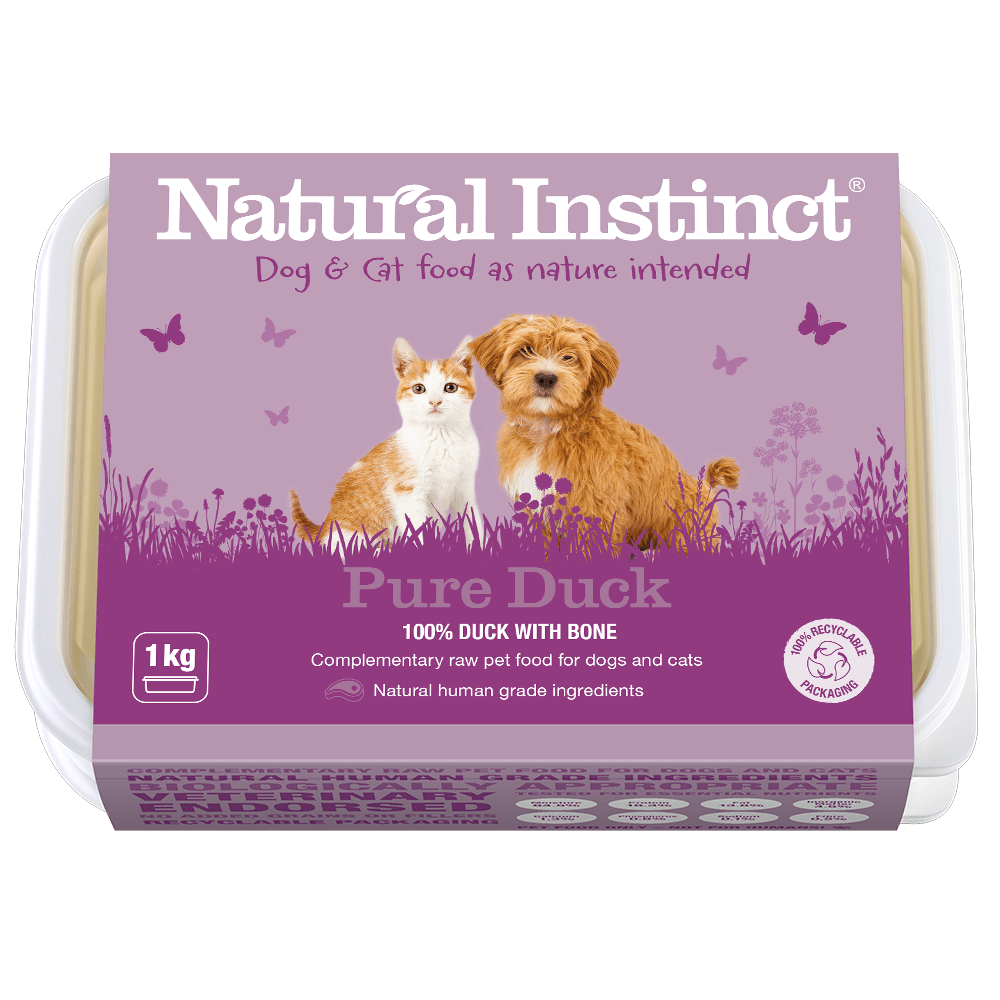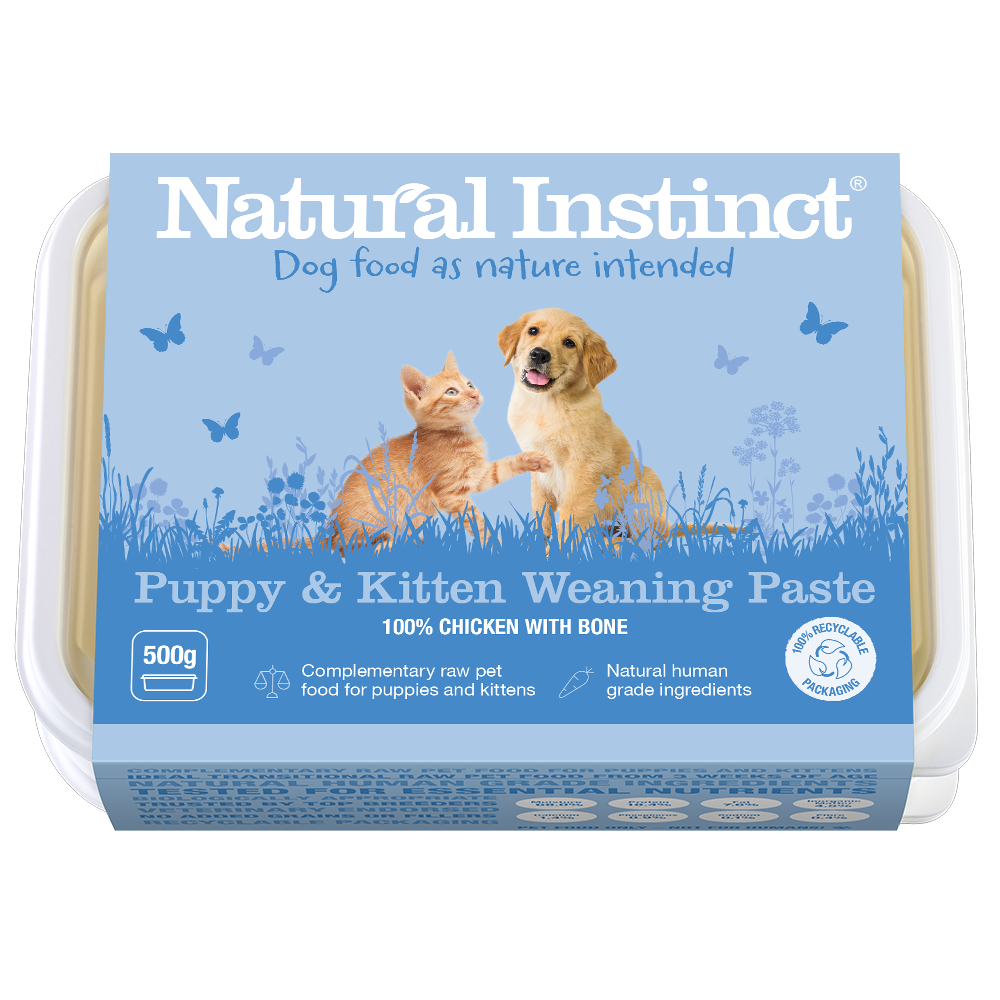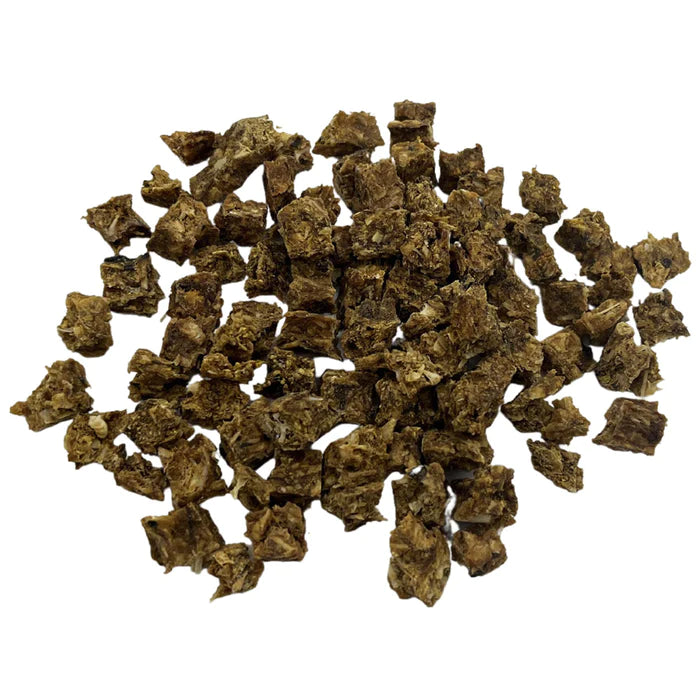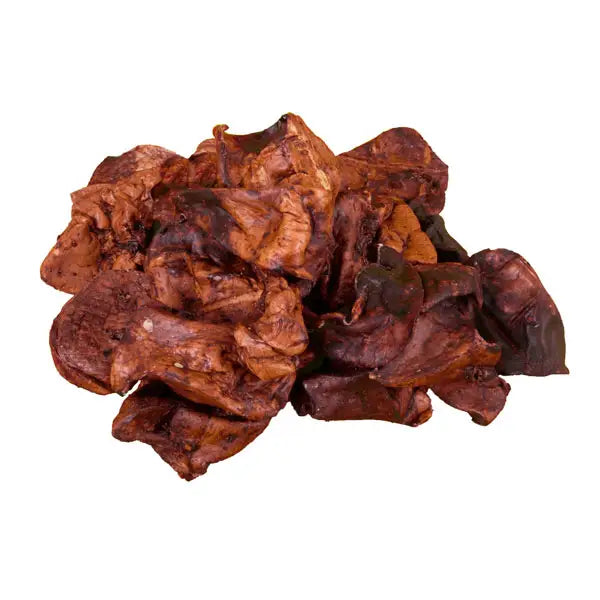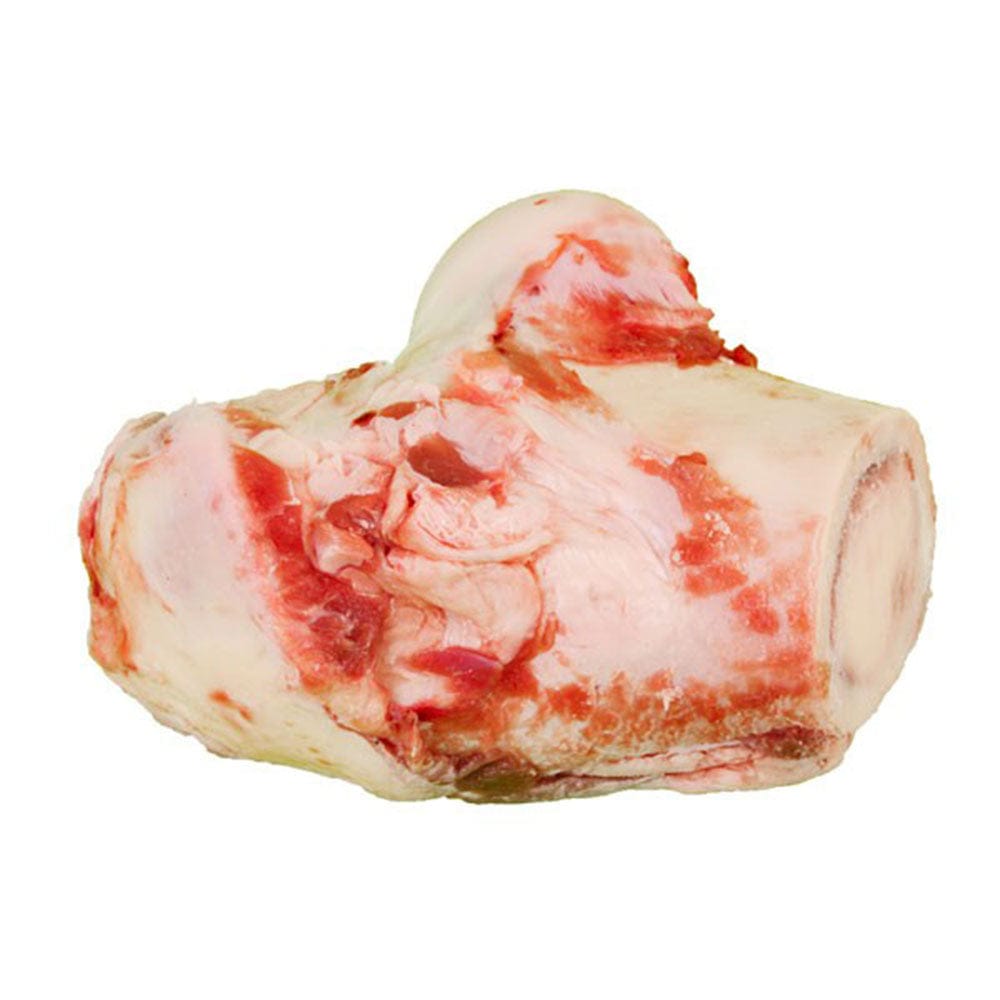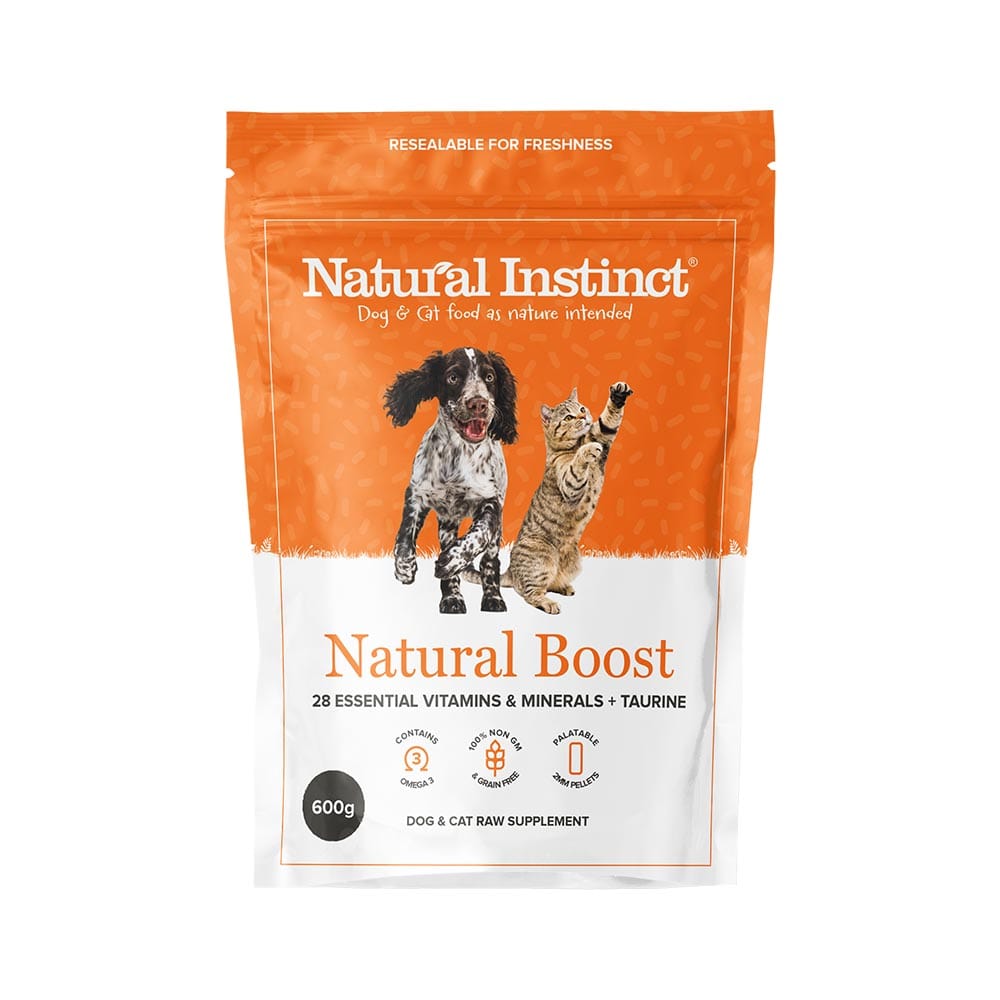Natural Instinct's Doggy Diet PlanDiet is as important to dogs as it is to us. Feeding your dog a nutritious diet from the start offers them the best chance of living a long and healthy life.
Recommended daily intakes
Diet is as important to dogs as it is to us. Feeding your dog a nutritious diet from the start offers them the best chance of living a long and healthy life.
Watch our animation for some top tips on dog nutrition and the key components to a healthy diet.
Packing on the pounds can lead to a lack of energy, shorter lifespan, diabetes, heart disease, cancer and long-term illnesses in dogs. It has never been more important to look after our furry pals.
Remember, vitamins and minerals are essential to good health and best found in whole foods, rather than added as separate ingredients.
Raw meals are packed with whole proteins, good fats and complex carbohydrates from vegetables to fruit. Introducing raw meals for the first time? Take it slow and start with a meat or fish your dog already loves. For more information see our Introduction to Raw Pet Food guide.
Looking to help your dog shed a few pounds? For sustainable weight loss, it’s a simple calories in vs. calories out scenario. If you want a kickstart (we all need this from time to time!), take a look at our lower calorie options like the Natural Special Diet Beef & Chicken.
Treats and bones
Treats are good in moderation and can be a great incentive for training and scent work. When giving your pooch treats, keep these top tips in mind:
- Treats aren’t exempt from your dog’s daily allowance.
- Your dog can smell a teaspoon of sugar in an Olympic sized swimming pool. They only need a tiny reward!
- Make them work for a treat. Even a simple sit and paw lift will do. Work that brain.
- 90% of dog owners admit to feeding their dogs scraps and leftovers. The calories soon mount up, and not all human food is good for dogs, especially those high in sugar and salt so avoid using food scraps as treats.
Introducing bones? Bones have many benefits for some dogs. Chewing a bone can relieve stress, prevent boredom and help maintain healthy teeth and gums. However, they are best avoided if your dog only likes to crunch.
If you’re introducing bones, do so slowly. Chicken bones are a good place to start but only if your dog is interested. Bones are a high value treat so remember to follow the three Ss’ rule:
- Supervise - Always supervise your pet when feeding bones or treats. Do not leave them unattended.
- Separate - If you have a multi-dog household, separate them when feeding bones to avoid fights.
- Size - You may initially have to teach your pet to eat bones, especially if they like to gulp their food. Start with a bine larger than the size of your pet's head to ensure it can't be swallowed e.g. a cow femur (knuckle end) for giant breeds.
Exercise
Dogs really were built to run, explore and be active!
Absolute no-nos
There are some foods your dog should never get their paws on.
While some foods will result in an upset tummy and the subsequent clean up, others contain toxins which can be fatal.
